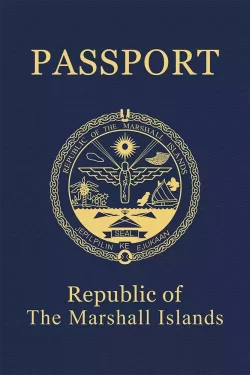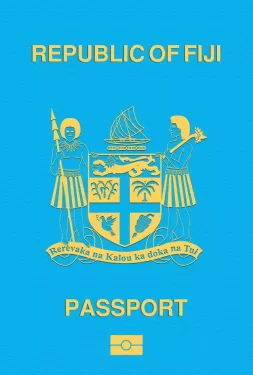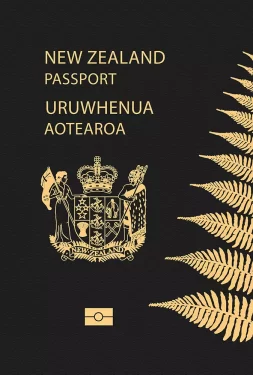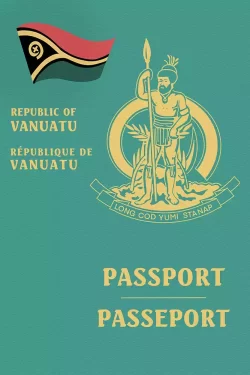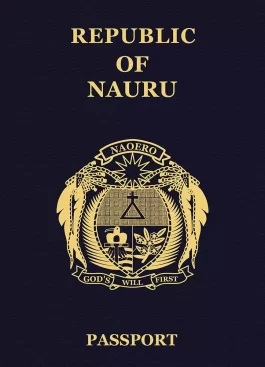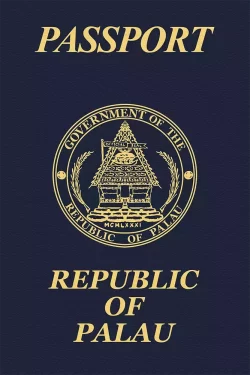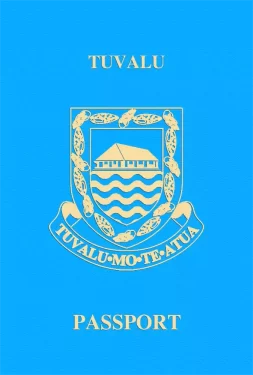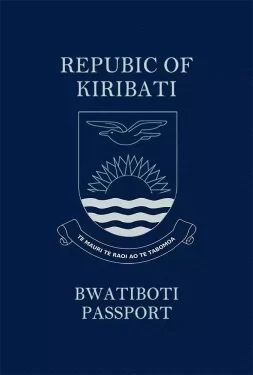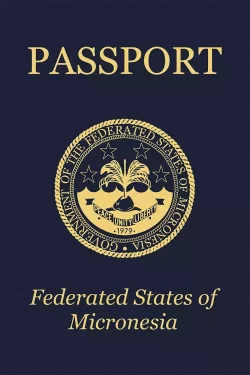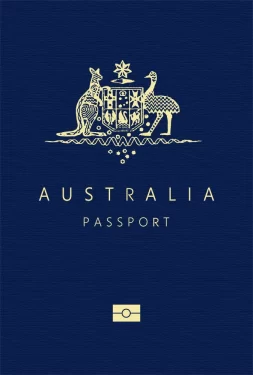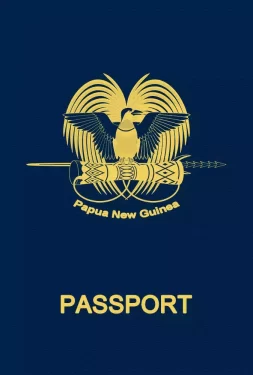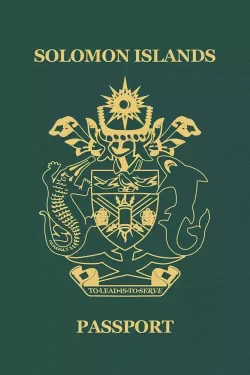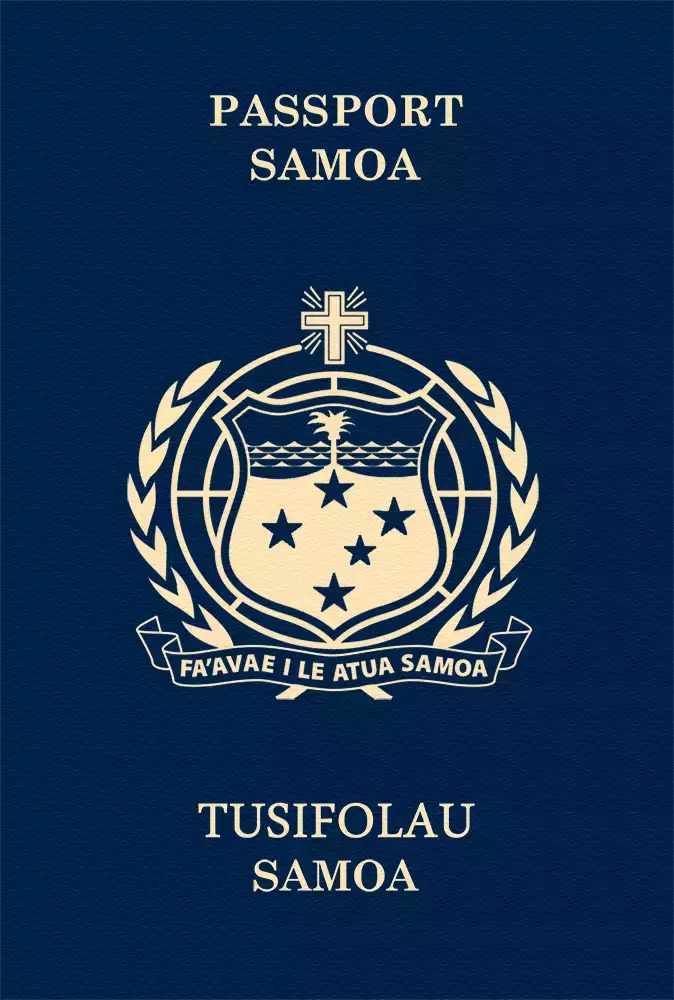

Samoa
Samoa passport ranking
The Samoan passport passport is currently ranked 38th place on the Guide Passport Index. It provides visa-free access to 130 countries. This grants it an overall high mobility score. Samoan passport holders have visa-free access and visas on arrival to destinations such as Singapore, Russia, Malaysia and the entire European Union. This allows almost instant travel opportunities worldwide. Samoan citizens require a visa to enter about 99 destinations. Some countries where a visa is required are Taiwan, the United States and Australia.
Samoa Passport Ranking
The Samoa passport ranking relative to other global passports is calculated by adding up the number of countries that allow Samoa passport holders to enter without a visa (i.e. visa-free countries) and those that allow Samoa passport holders to enter by obtaining a visa on arrival (i.e. visa-on-arrival countries) or an electronic travel authorization (eTA). There are currently a total of 98 Samoa passport visa-free countries, 28 Samoa visa-on-arrival countries, and 4 eTA destinations.
Altogether, Samoa passport holders can enter a total of 130 destinations—either without a visa, through a visa on arrival, or via an eTA. As a result, the Samoa passport ranks 38 in the world.
Separate from these Samoa visa-free countries and visa-on-arrival countries, there are 99 additional destinations which Samoa passport holders either need a physical visa to enter or an eVisa (i.e. visa required countries).
About Samoa
The Independent State of Samoa is a Polynesian island country with 11 administrative divisions. The most important ones are Tuamasaga, A’na and Aidga-i-le-Tai. The country is situated in Oceania between New Zealand and Hawaii, with a surface area of 2,842 square kilometers. The nation consists of two main islands and several smaller islands. Samoa’s terrain consists of volcanic mountains and narrow coastal plains. Its climate is tropical with a dry season from May to October and a rainy season from November to April.
The overall population is approximately 202,506 people. The capital of the country is Apia, which is also the most populous city with around 40,000 inhabitants. Other important cities are Asau and Mulifanua. The country’s largest and only international airport is Faleolo International Airport (APW). The airport provides access to destinations in Australia, United States and within the region.
Samoa is dominated by ancient 3000-year-old Fa’a Samoan traditions with only little influence from its European colonizers. The highest percentage religion is Protestantism. The official languages are Samoan and English. The Samoan legal system is a mix between the English common law and customary law. The government form is a parliamentary republic. The chef of state is the elected President Tuimaleali’Ifano Va’aletoa Sualauvi II. The head of government is Prime Minister Fiamē Naomi Mataʻafa. Elections are held every 5 years.
The official currency is the Samoan tala (WST), which has a current exchange rate of WST 2.7per USD. The country has an open economy, generating a GDP of approximately $1.1 billion, making it the 6th largest economy in Oceania. Its citizens have a per capita income of $5,962. The GDP is mostly made up of the services and industry sector. Agriculture is still extremely important accounting to over 90% of the exports with products such as fish, coconut oil and taro. Tourism is a developing sector already covering 25% of the GDP.
Samoa is filled with a variety of natural tourism attractions. It is known for its vast beaches, nature and Samoan traditions. Some of the major destinations include the capital Apia, the Dwarves Cave, the Papaseea Sliding Rocks, Lake Lanoto National park, the Alofaaga Blowholes and Saleaula Lava Fields. The main tourist activities are fishing, scuba diving, watersports, surfing and hiking. The island nation has a total of approximately 164,000 tourists visiting every year with the majority originating from New Zealand, Australia and an increasing number from Europe.

